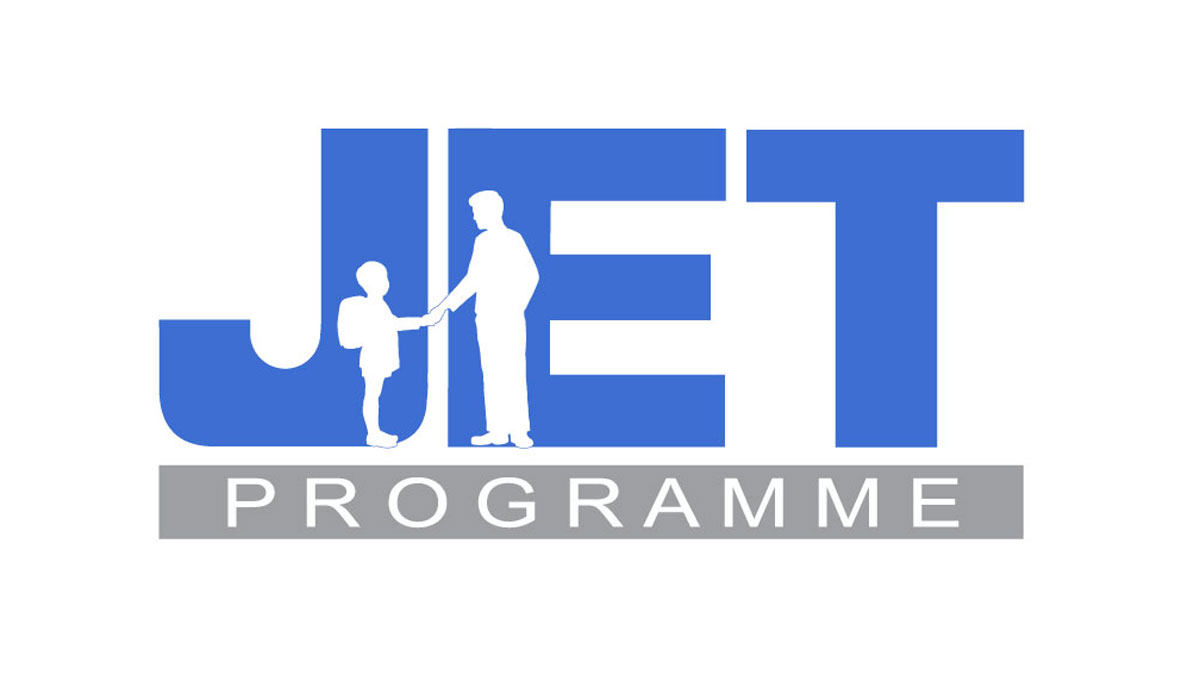The JET Program
bringing young people into Japan from abroad.
Improving English Proficiency and a Sense for the Wider World.

日本語版の記事はこちら▼
英語力、国際感覚を培う教育を強化! 海外の青年を招く「JETプログラム」
In response to the wave of globalisation, and the sense of urgency surrounding improving English proficiency levels in Japan nowadays, some companies are beginning to attempt strategies such as holding meetings in English or basing promotion on employees’ English proficiency. Also in the sphere of education, a variety of programs are being recommended, which aim to produce personnel able to work effectively on the global stage. I spoke to Ms. Elga Tabuchi - Director of the Office for Promoting Foreign Language Education, Elementary and Secondary Education Bureau of the Japanese Ministry of Education’s Culture, Sports, Science and Technology - Japan - regarding this urgency, the need to improve English education in Japan, and of the measures the Ministry has taken to do this - namely, the JET Program.
「The Ministry of Education has, until now provided students with suggested attainment targets for English proficiency. In particular, in terms of the English proficiency test ‘Eiken’, students should reach at least level 3 by the time they graduate junior high school, and pre-level 2 or level 2 by the time of high school graduation. However, only around a 30% of students actually achieve this.
On December 13, 2013, the Ministry announced its plans to reform English education to keep up with globalisation by providing elementary and junior high schools with the English learning environments which correspond to the rate of globalisation in order to level up Japanese people’s English ability with that of other countries.
In their proposal the Ministry presented ‘CEFR Levels’ - a reference framework for foreign language ability that is gaining recognition internationally, and as a measure of English proficiency, is currently becoming popular throughout Europe. In addition, this showed how the CEFR levels will align targets at the stage of high school graduation with those of other countries.
Since 2013 and progressively from now on, English classes in high schools are now conducted in English. The Ministry has also decided to introduce this into junior high schools as well in this plan. In addition, efforts have been implemented to bring 5th and 6th graders into contact with the sounds of foreign languages and simple expressions and as a form of ‘foreign language activities’. Lowering this to start from the 3rd and 4th grades is also a consideration.」
――Do you think that, with such improvements to English learning, the skills of the English teachers themselves will be questioned more and more ?
「Yes, I do. English proficiency doesn’t necessarily correspond with teaching skill, but as a countermeasure for this, I think further reinforcement of what is called the ‘JET Program’ is necessary - the system which dispatches foreign language teaching assistants into elementary, junior high and high schools around Japan. Hearing a native speaker’s pronunciation and actually using the phrases in actual situations will, naturally, improve language proficiency, but interacting with a native will also form a foundation to accepting other cultures and different races.」
――Much anticipation lies on the JET Program, but what kind of system is it? What kind of people participates in the program, and is involved in its activities?
「The JET Program is an organisation that brings young foreign people to Japan to work as coordinators for international relations in local government, or as foreign language teaching assistants in schools. The program was introduced in 1987 with a view to promoting foreign language education, and to promoting the regional internationalisation of Japan. Participants can take one of three positions or jobs types: Assistant Language Teacher (ALT), Coordinator of International Relations (CIR) or Sports Exchange Advisor (SEA). Many take the position of ALT, working as a foreign language teaching assistant. As an assistant of a Japanese foreign language teacher, the role of the ALT, as well as preparing teaching materials and extra-curricular English activities, is to actively participate in volunteer and community events.
Participants who took part in 2013 came from 26 different countries - each year there is an average of over 20 nationalities taking part in the program. In order to be eligible for the program participants must have a university bachelor's degree as well as an interest in Japan. Participants are around 25 years of age and rates for selection for the program are considerably competitive. The basic length of stay in Japan is one year, but this can be extended to up to five years. After participating in the JET program some people become teachers in their home country, or diplomats - in any case, many become ‘Japan fans’ and the JET Program is very proud to be a part of such an international exchange.」
For the many Japanese people who have gained language proficiency and have become more internationally minded through the JET program, their expectations for a more ‘global’ future are high. Let’s hope the generation who can say ‘I got to know a foreign person when I was at elementary school’ really will shine through globally.
Interview & article/Yayoi Sakaguchi
English Translation/Neil Davies



















